How to create a double exposure effect in Affinity Photo: layer blending secrets
Here's how to create a quick and easy double exposure effect in Affinity Photo using layers and layer blending creatively
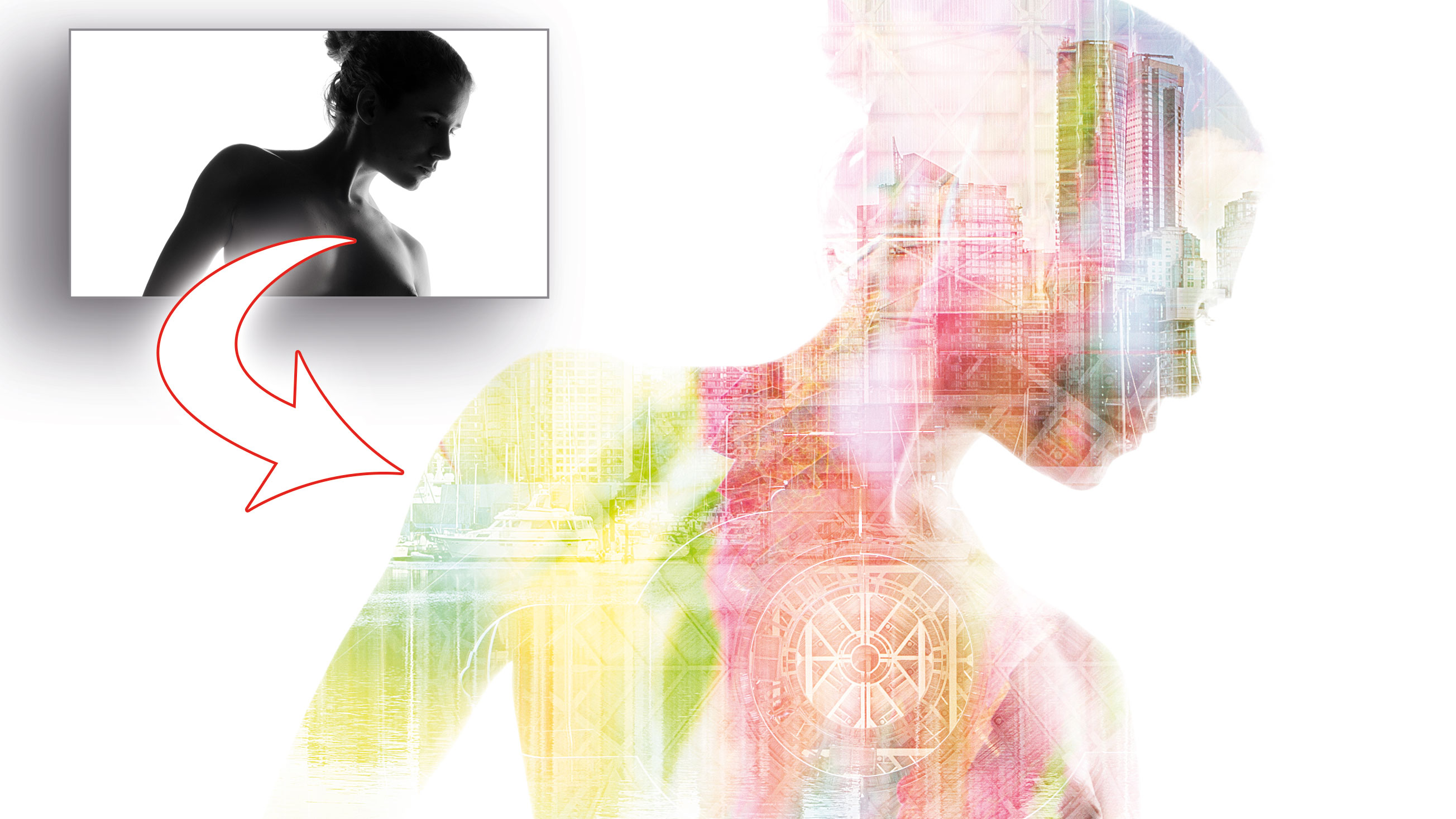
Start here
• Affinity Photo tutorials
The tutorials
1. Affinity Photo vs Photoshop
2. RAW editing with Affinity Photo
3. Focus merge with Affinity Photo
4. Replace a sky in Affinity Photo
5. Moody mono in Affinity Photo
6. Six Affinity Photo landscape tips
7. Color correction in Affinity Photo
8. Live Filters in Affinity Photo
9. Create a classic wet plate look
10. Remove objects in Affinity Photo
11. Paint an abstract portrait
12. Enhance skintones in Affinity Photo
13. Create HDR in Affinity Photo
14. Replace a sky in Affinity Photo
15. Affinity Photo double exposures
16. Affinity Photo Denoise tool
Watch video: How to create a double exposure effect in Affinity Photo
One of the strongest aspects of Affinity Photo is the number of different options you have for blending photos together. Many of these features are on a par with Affinity’s premium rival, Adobe Photoshop.
Layer blending modes are fun and very easy to get to grips with. They work by combining the pixels on one layer with those on the layers below. So by dropping one image on top of another, then changing the blending mode, we can begin to merge two or more images in all kinds of creative ways. There are 31 blend modes to experiment with (as opposed to Photoshop’s 27), so by combining several images with different blend modes, the possibilities are near-limitless.
A classic approach to layer blending is the double or multiple exposure effect. This mimics the look of old film multiple exposures, where a single frame of film would be exposed twice or more to create a series of overlaid images. In-camera, this would be done by winding the frame back to expose it again.
We can replicate this look with the Screen layer blend mode. This works in a similar way, by combining the brightness values of the pixels on the blend layer with those on the layers below.
As such, bright areas will only stay the same or get brighter, never darker. Once blended, we can go on to fine-tune the positioning of each image that makes up our composite. This way, we have complete control over the effect. The results are unpredictable, fun, and endlessly creative...
Read more:
Step 1: Copy and paste
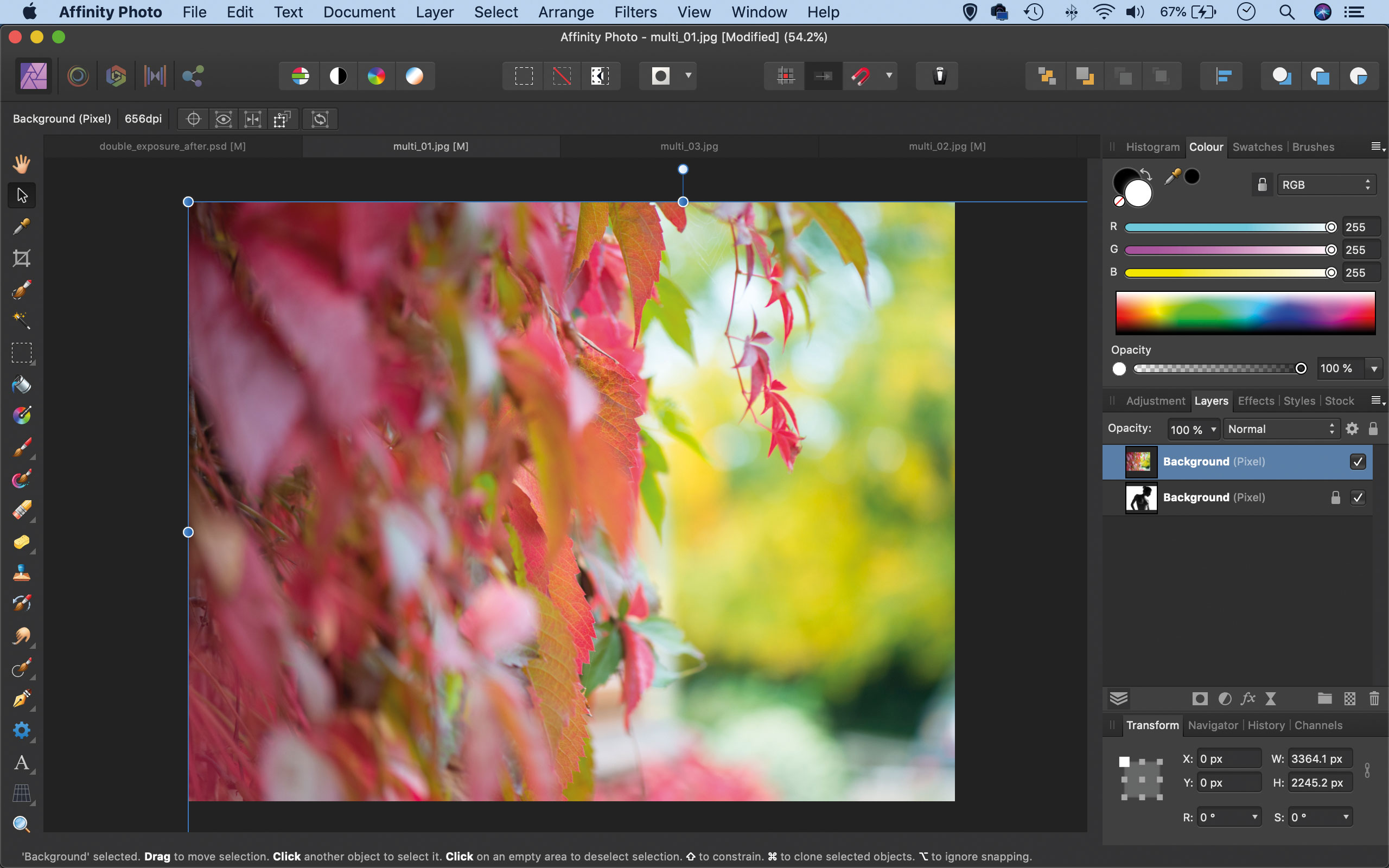
Open the your first image and the one(s) you want to blend it with into Affinity Photo, then make sure you’re in the Photo Persona (top-left icon). Go to an image you want to add, then press Cmd/Ctrl+C to copy it, go to the main image and hit Cmd/Ctrl+V to paste it in place.
Step 2: Blend the layer
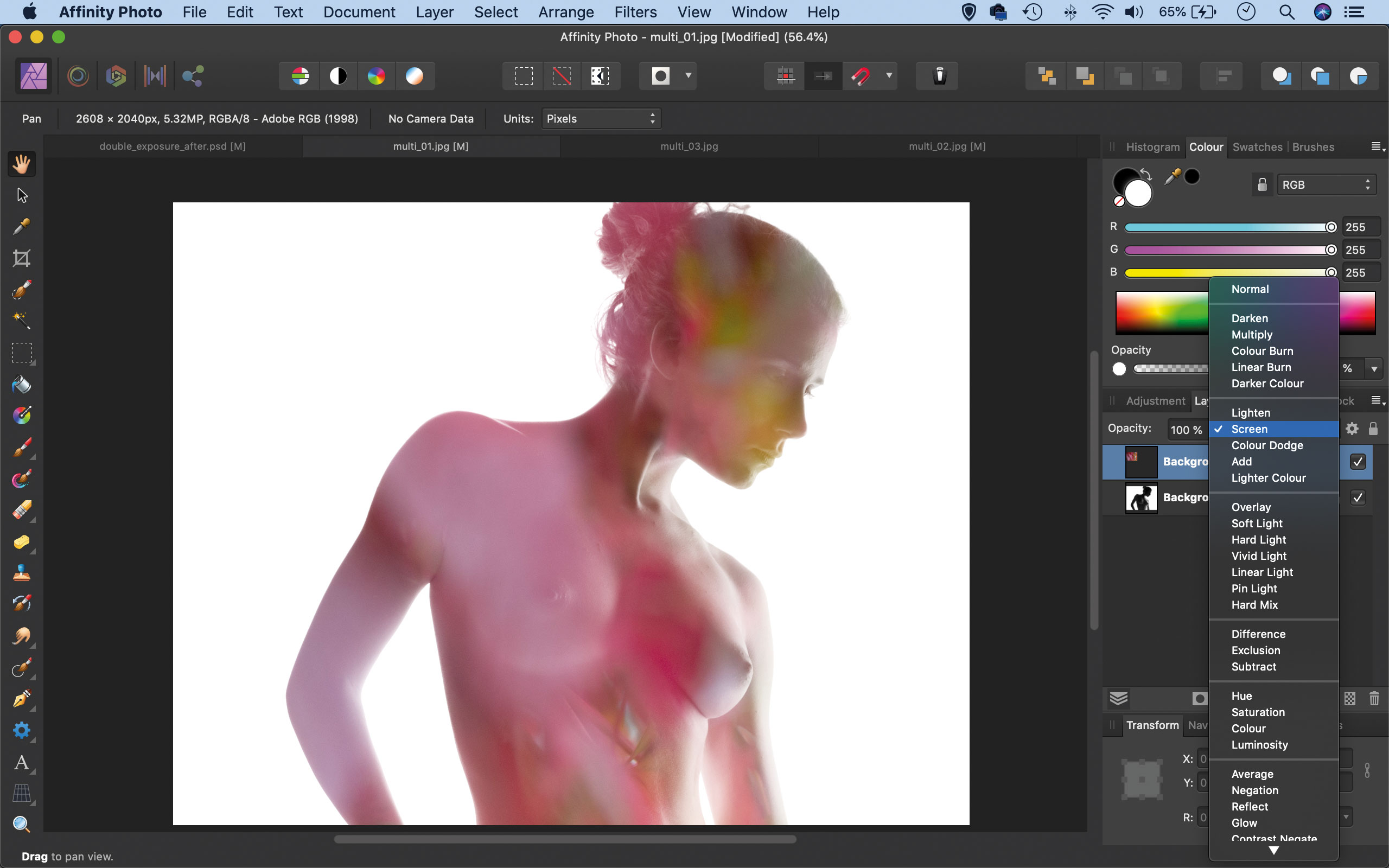
Go to the Layers panel on the right. Click the blend mode dropdown at the top and hover over the different options on the list to see how they blend the two images together. The Screen option is ideal for multiple exposure effects like this, but you may find a different mode that you prefer.
Step 3: Fine-tune placements
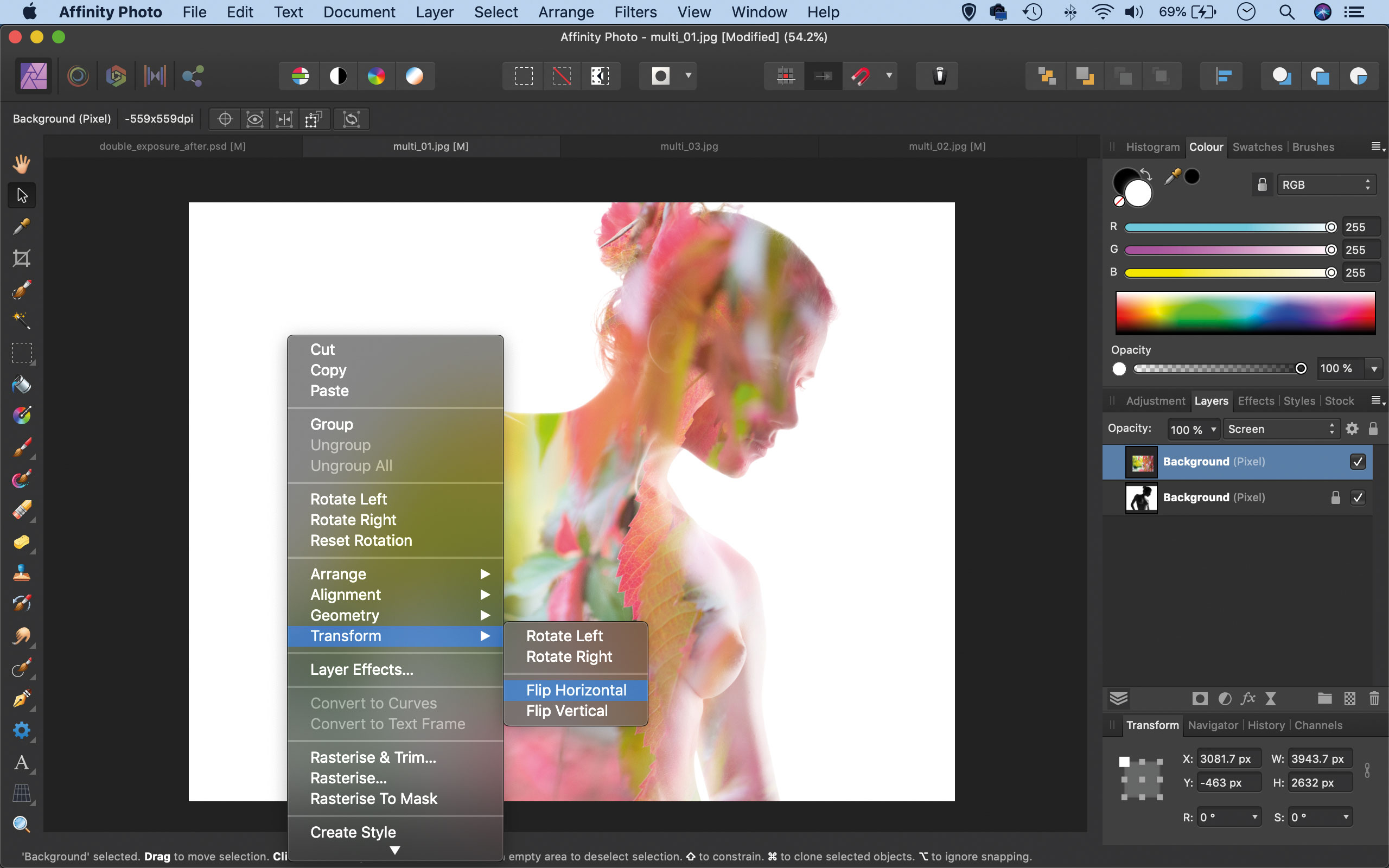
Grab the Move tool from the toolbar and click on the corner of the blue bounding box around the image to resize and reposition the top layer. Do this until the placement works with the layer below. You can right-click during this to choose Transform, if you decide that you want to flip the image.
Step 4: Position another image
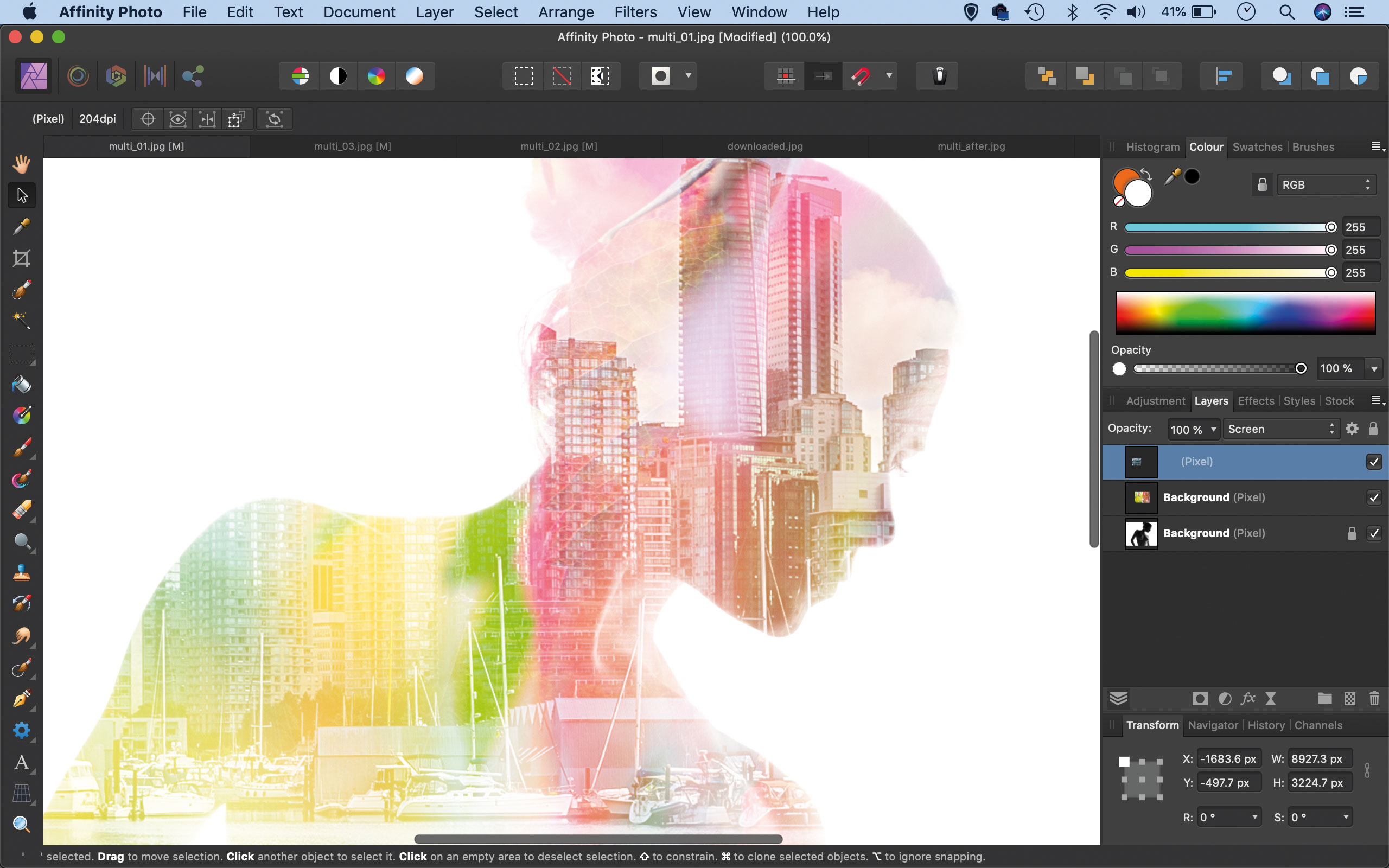
We've copied in another image, then, again, we choose a blend mode (we picked Screen again). Just like before, use the Move tool to experiment with positioning until the layer fits neatly with all of the others. An image with a bright edge, like the skyline here, works well for multiple exposure effects.
Step 5: Combine pictures
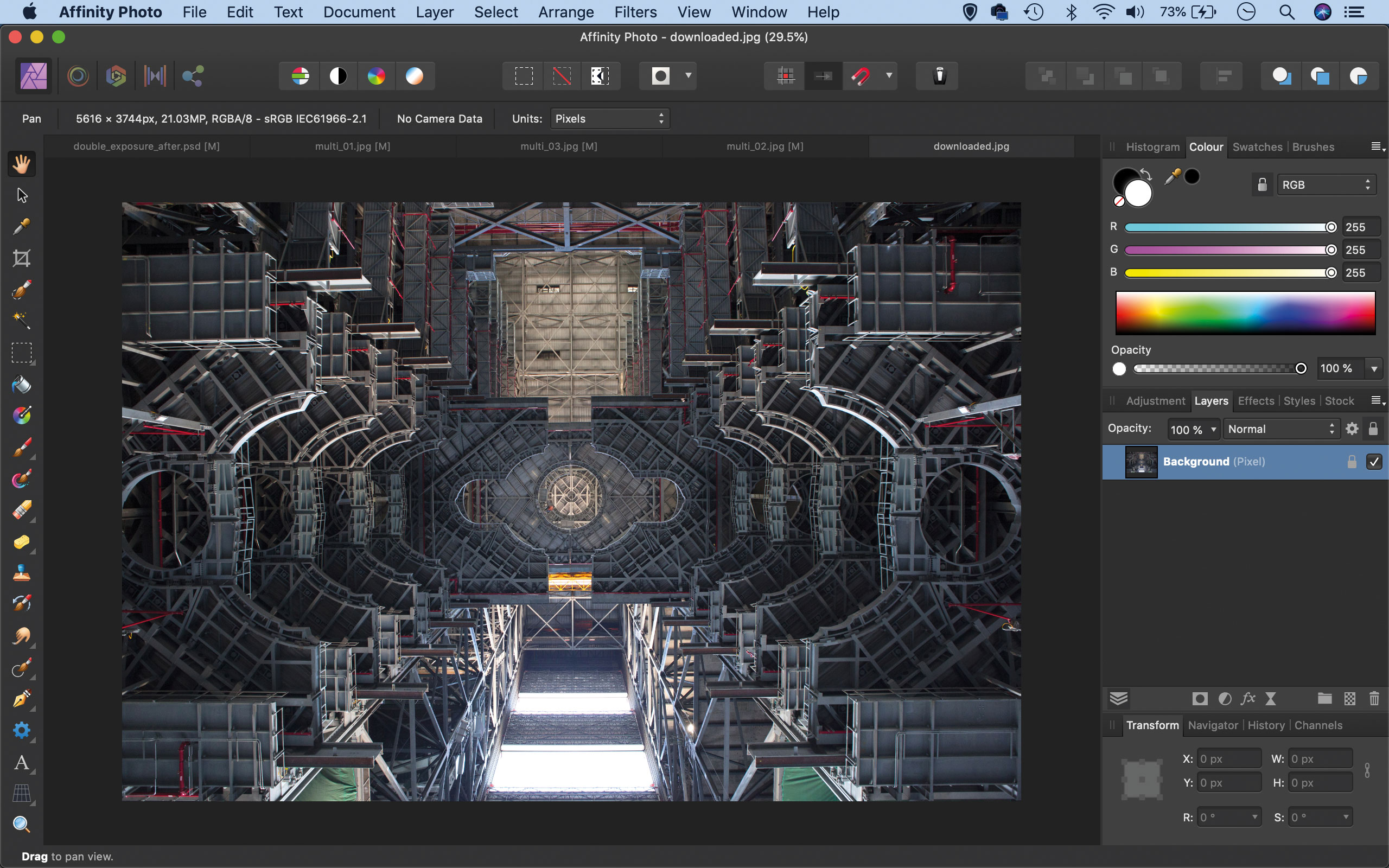
As well as using images of your own, you could also download free photographs, like this, from Pixabay.com. Once more, this is blended with the Screen blend mode and positioned to fit in with the rest of the photos. Add any other shots you like into the mix.
Step 6: Boost the tones
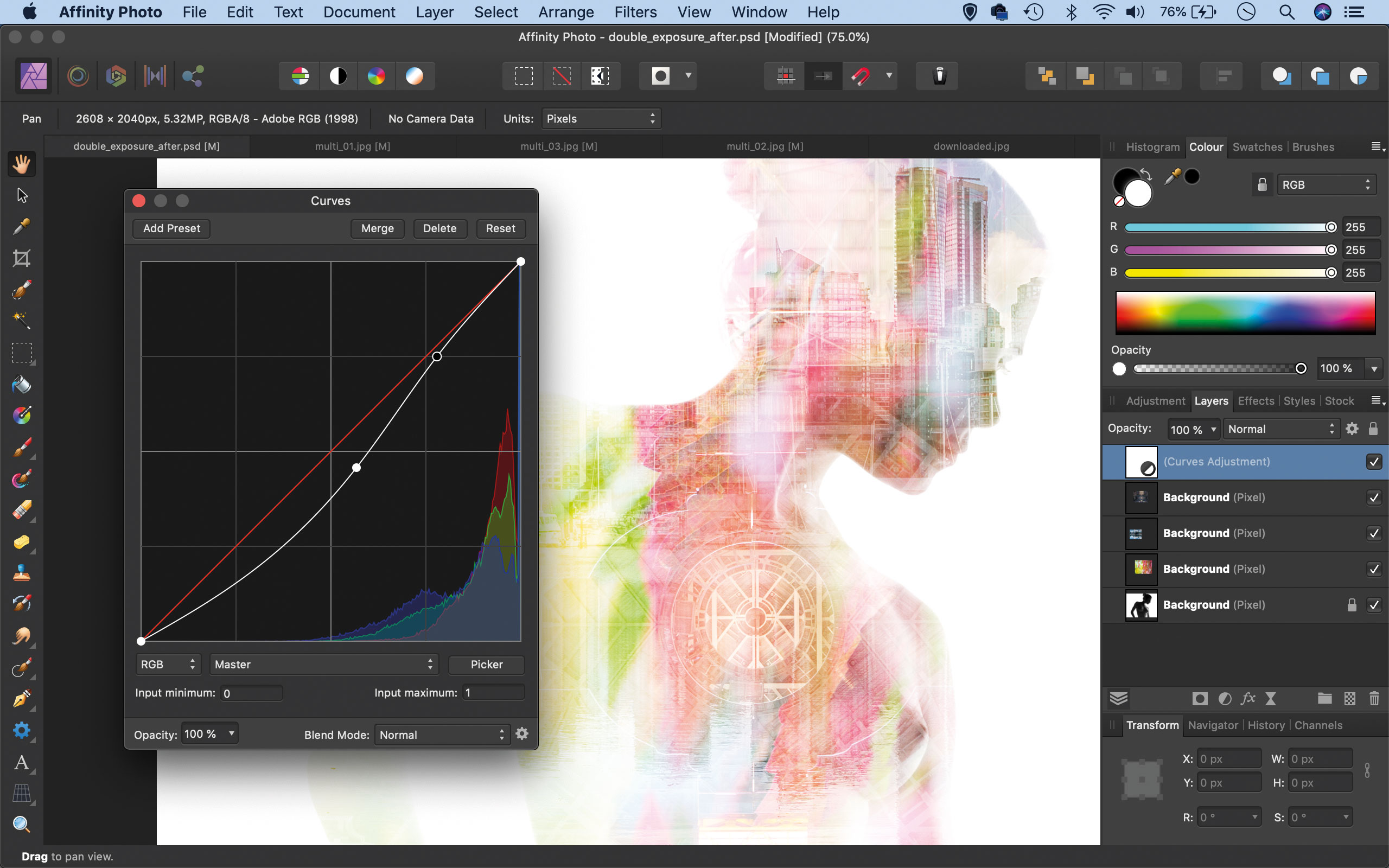
Once all the images are blended, fine-tune the positioning until they all work together in harmony. Finally, click the Create Adjustment Layer icon in the Layers panel and choose Curves. Drag the curve line down slightly to darken the image as shown, and make any further tonal adjustments you like.
Quick tip
As well as using blend modes in combination with layers, they also feature in several tools in Affinity Photo. For instance, the Brush tool lets you paint in combination with a blend mode. This means you can, for example, paint a colour set to the Multiply blend mode, so it gradually gets darker and darker, resulting in a colour burning effect. A handy preview of the blending effect shows as you hover the brush cursor over the canvas, this way you can predict how it will look before you start painting.
About N-Photo magazine
This tutorial originally appeared in N-Photo, the monthly newsstand magazine for Nikon photographers. Why not subscribe to a print edition, and have the magazine delivered direct to your door every month?
Alternatively, we have a number of different digital options available, including:
• Apple app (for iPad or iPhone)
• Zinio app (multi-platform app for desktop or smartphone)
• PocketMags (multi-platform app ideal for Android devices)
• Readly (all-you-can-eat digital magazine subscription service)
If you wanted a printed version of any of our most recent issues we have a selection of back issues to choose from in our online store.
Read more:
• Photography tips and tutorial videos
• The best photo editing tools and accessories
• The best desktop computers for photo editing
• The best photo-editing laptops right now
• The best photo editing software today
Get the Digital Camera World Newsletter
The best camera deals, reviews, product advice, and unmissable photography news, direct to your inbox!
N-Photo: The Nikon Magazine is a monthly publication that's entirely dedicated to Nikon users. As a 100% independent magazine, you can be assured of unbiased opinion from a trustworthy team of devoted photography experts including editor Adam Waring and Deputy Editor Mike Harris.
Aimed at all users, from camera newcomers to working pros, every issue is packed with practical, Nikon-specific advice for taking better photos, in-depth reviews of Nikon-compatible gear, and inspiring projects and exciting video lessons for mastering camera, lens and Photoshop techniques.
Written by Nikon users for Nikon users, N-Photo is your one-stop shop for everything to do with cameras, lenses, tripods, bags, tips, tricks and techniques to get the most out of your photography.

